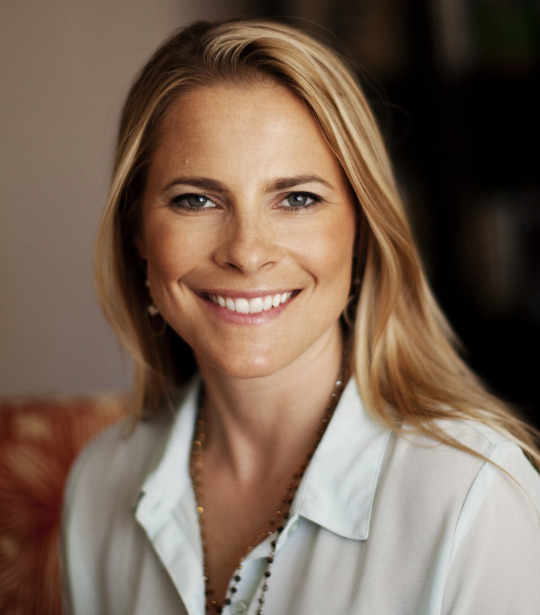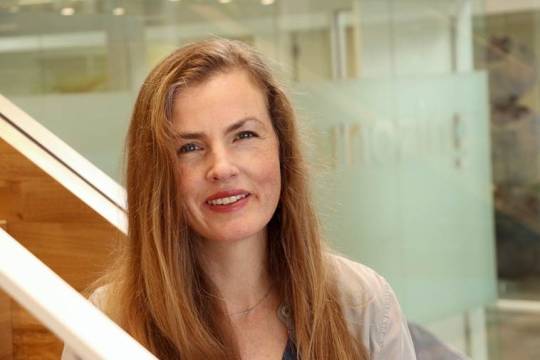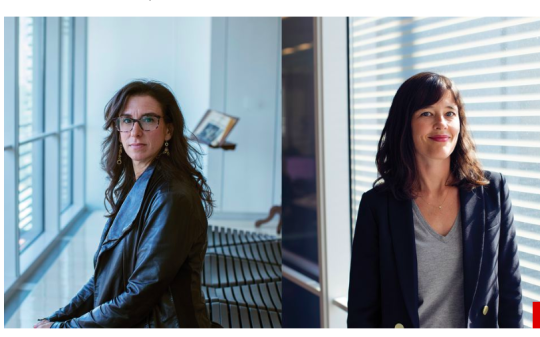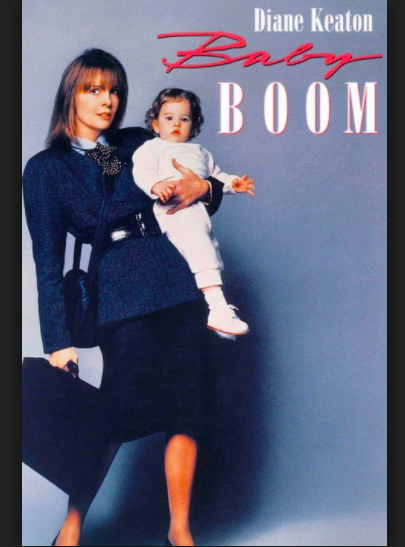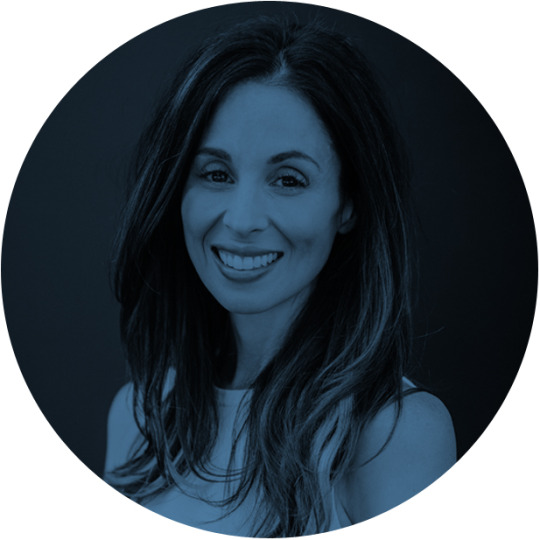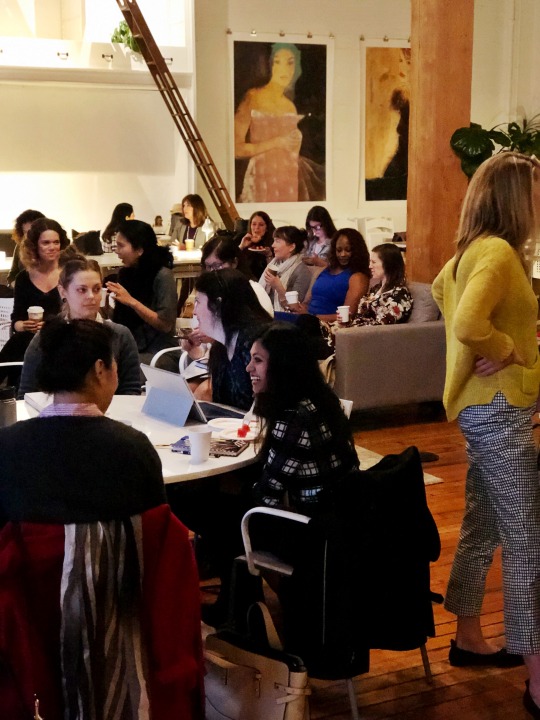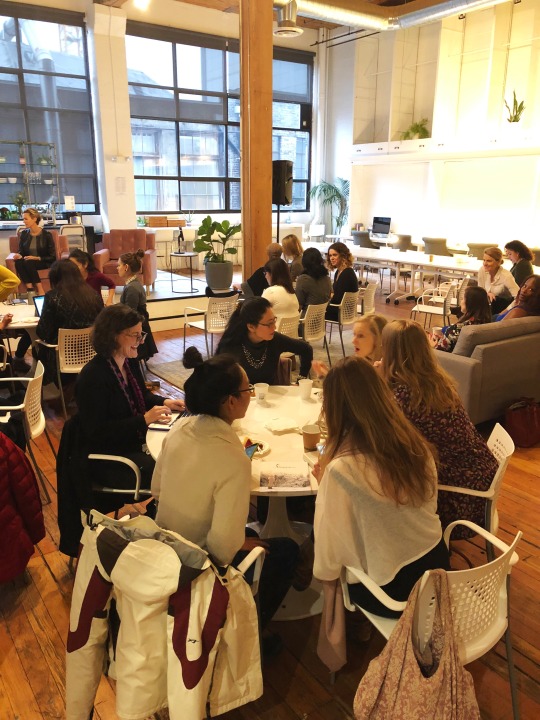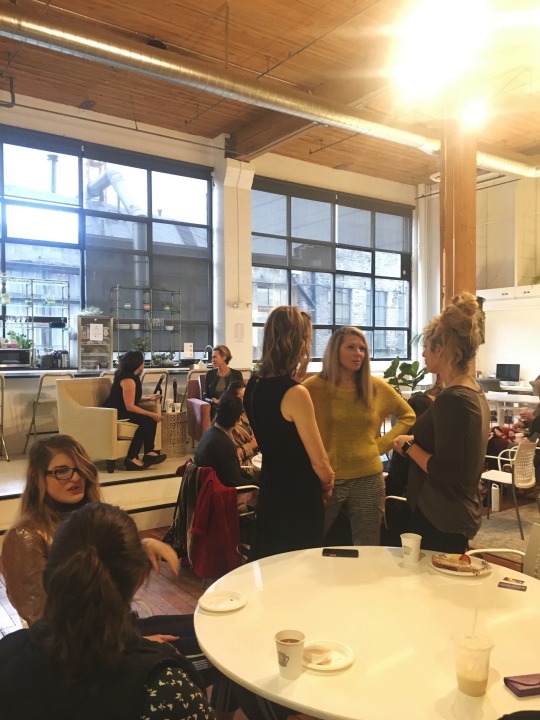Meet Sally Printz, our April Second Shift Featured Member. Sally left NBC after a long career in strategic marketing and communications. She opened up to us about how she successfully transitioned from a corporate career to opening her own cause marketing consulting business and tips on her winning pitches.

You had a very successful career at NBC Universal and transitioned to a creating your own consulting business. What made you take the leap and what are the benefits and drawbacks of stepping away from the corporate world?
I left NBC Universal as part of a corporate restructuring and because of my role and tenure there I was fortunate enough to receive a generous severance package. This was a luxury that many people don’t get and I recognized that from the start and decided to be mindful of not wasting the opportunity that severance offered, namely, the chance to really reflect on what I wanted to do next. After one high profile, demanding job after another since college, I was burnt out and in need of more work/life balance.
Working as an independent consultant came naturally to me as I had done it successfully earlier in my career when I wanted to transition from finance to marketing. I was confident that I still had what it takes to be successful working on my own again. To be sure, it is not for the faint of heart and takes a lot of self-awareness and strong network to pull off. The benefit of calling my own shots about which projects I’ll work on and which I’ll turn down is really appealing. The drawbacks, however, can be significant at times: from not having medical benefits and paid leave to the isolation of working with minimal interaction with clients. Marketing is a very collaborative profession. From brainstorming with other colleagues and working as part of an interdisciplinary team, to pitching ideas to clients and responding to their reactions, it’s a very intimate experience. Most consulting gigs lack this level of collaboration and instead offer consultants to come in for an occasional meeting or to chat via Skype–nice but not the same as having an actual seat at the table.
How did you find The Second Shift and how does being part of our network help you?
I had been growing frustrated by the “black hole” aspect of sending out resumes and waiting and wondering whether or not they’d ever been received. A friend of mine had read about The Second Shift in the NY Times and recommended I check it out. The article’s title “Helping Moms Lean In, But Not Too Far” resonated with me and the more I learned about The Second Shift, the more it felt like the right fit.
Four aspects of the company were (and remain) particularly appealing to me.
- First, I love that it is a company “by women for women.”
- Second, the concept of putting formerly valued and still valuable employees to work in new and different ways appeals to the environmentalist in me. It’s as is The Second Shift is applying the concept of “reduce, reuse, recycle” to working moms.
- Third, it became a real chore always hustling for the next client. My projects are often all consuming and, as a result, I often didn’t have time to line up my next project until my current one was ending. This created gaps in between jobs that often left me worried about money and bored waiting for my next assignment to materialize.
- And, finally, I hated – as in HATED – having to chase down payments from clients.
From a member’s perspective, The Second Shift runs like a well-oiled machine. The site is easy to use and logically set-up. The staff are accessible when I have questions too and, most important, treat me like a valued member of their team, one they advocate for with clients. Even pitches I’ve submitted that ended up not landing the job have led to some really terrific new contacts.
You recently started a new project through The Second Shift and your pitch stands out for its focus and clarity. As a marketer, do you find it easy to market yourself? How do you think about and craft such winning pitches? (See your pitch below)
First, thank you for complimenting the focus and clarity of my pitches. Those are two aspects of my writing that I’ve worked hard to develop over the years, both for the purpose of making my work more impactful for clients as well as for marketing myself.
When it comes to writing winning pitches, it always starts with research. I start by reading the company website and digging into the background of the principals. If need be, I’ll also look up relevant industry events or info about the company’s competitive set. Top level research for sure but just enough to seed my pitch with info that demonstrates I have a sense of what the company faces and I’ve taken time to learn about them. From there, I craft my pitch based on the tone and vernacular of how the brand and its staff represent themselves. No doubt this is a more time consuming approach but it reaps benefits in the end as it allows me to connect with the client in a more customized way. Traditional or generic pitches simply don’t cut it anymore.
Like most people, particularly ones who work in marketing, I’ve walked into conference rooms with prepared presentations based on client RFPs only to have a monkey wrench thrown at me before the meeting’s even begun. It wasn’t easy at first, but I mastered learning how to stay calm in the moment, listen to the client’s new direction and pivot on the spot. I take the same approach to my process for writing winning pitches: it’s all about the pivot and finding what will connect me to the reader on the other side of the screen.
THE WINNING PITCH:
“To Whom It May Concern: I’m a “big creative thinker with big creative concepts” and a track record to prove it. The mission of DoSomething.org is one that I care deeply about and that I have been immersed in since long before social advocacy was “a thing.” My expertise as a brand strategist and corporate social responsibility programmer has allowed me to help businesses “do better by doing good” for companies in both the for-profit and non-profit sectors. By way of background, I am a seasoned professional who excels in high-energy, collaborative environments. My most notable social advocacy programs have been for NBCUniversal, Nickelodeon, and the National Hockey League, among others. The common thread in all of my jobs has been my approach to create and monetize public affairs programs that benefit people by “fun-raising” in order to fundraise. Towards this end, I’ve created campaigns that can be scaled, monetized and, most importantly, valued by the communities I served. My successes are the result of finding new ways to emotionally connect my audience to the cause I am marketing and then making that cause feel relevant, accessible, and necessary. Experience has taught me that the key to the success of any initiative is in engaging employees and making them brand ambassadors for the program right from the start. Colleagues rely on my exceptional communication and organizational skills to produce consistently impactful marketing partnerships. Whether my team had three people on it or thirty, my humor, energy, work ethic, and willingness to role up my sleeves when needed, has inspired the people around me to overcome what others often considered insurmountable obstacles. I’m certain that I would be an asset to DoSomething.org, one that can and will make an immediate impact to the organization’s mission. My resume is attached for your review. What’s left to say other than… Let’s Do This! Sincerely, Sally Printz”
Thank you Sally– we also love working with you and are happy to chase down your well-deserved money.

